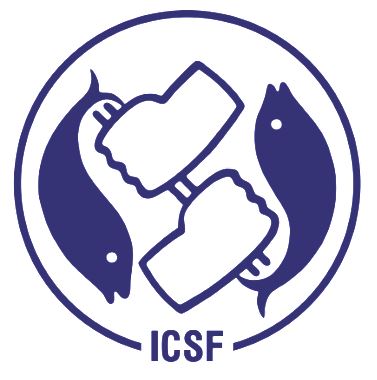G., Gopakumar and George, Rani Mary and S., Jasmine (1999) Breeding and larval rearing of the clownfish amphiprion chrysogaster. Marine Fisheries Information Service (161). pp. 8-11. ISSN 0254-380X
Full text not available from this repository. (Request a copy)Abstract
A technology for breeding and rearing of the clownfish Amphiprion chrysogaster was developed at Vizhinjam Research Centre of Central Marine Fisheries Research Institute. The major technological aspects of clownfish rearing programme are the successful development of broodstock, methods of hatching the eggs, development of a biological detoxifying filtration system for larval rearing and appropriate larval feeding schedule. The fishes along with the anemones were collected and kept in one tonne tanks fitted with biological filter. In all the tanks one pair grew ahead of others and became the spawning pair. The fish spawned several times in the broodstock tanks. The eggs were attached to small earthern pots, granite stones, on the sides of the broodstock tanks. The freshly laid fertilised egg was orange in colour and it started swelling within a few hours. The eggs were stalked, capsule shaped and the length ranged from 1.7 to 2.9 mm. The eggs required continuous aeration which was created by the fanning of the eggs by the parents. The eggs started darkening from the second day and the developing larvae were clearly visible through the egg capsule from the third to fourth day. The larval hatching period was between six and seven days. On the day of hatching the egg capsules became very thin and transparent. Glowing of the larval eyes was prominent. The larvae broke the capsules and came out. Darkness accelerated hatching. Mass hatching of the eggs occurred during night with the peak during 1900 to 2200 hrs. The larva was fed rotifer. The larval survival during the critical period (from the day of hatching to the fifth day) ranged from 50 to 60%.
| Item Type: | Articles |
|---|---|
| Keywords: | Breeding, Marine Fish, Marine Biology, Coral Reefs, Brood Stocks, Development, Spawning, Hatchery, Larvae |
| Subjects: | Aquaculture |
| Depositing User: | Varsha V icsf |
| Date Deposited: | 14 Jun 2022 11:34 |
| Last Modified: | 14 Jun 2022 11:34 |
| URI: | http://icsfarchives.net/id/eprint/11654 |
Actions (login required)
 |
View Item |


